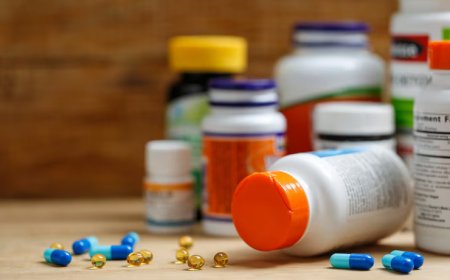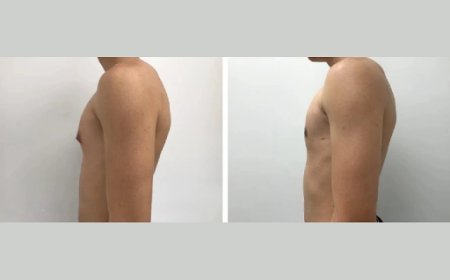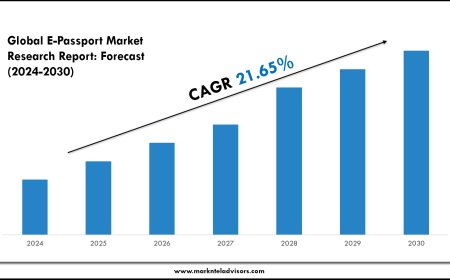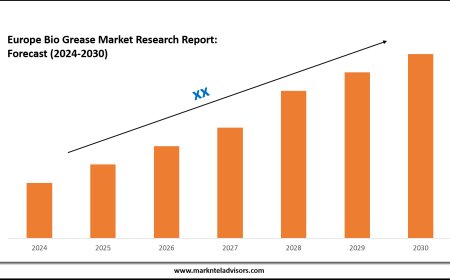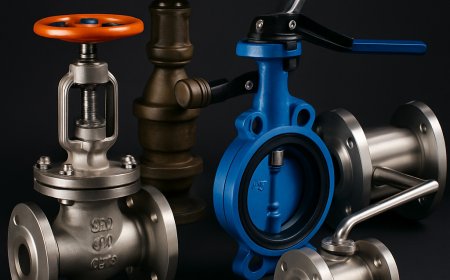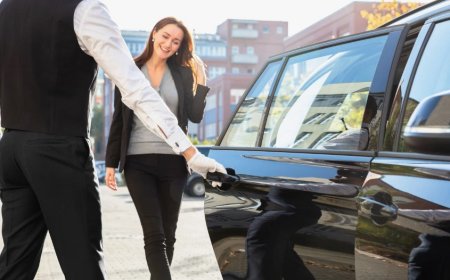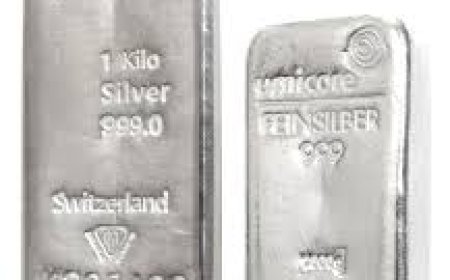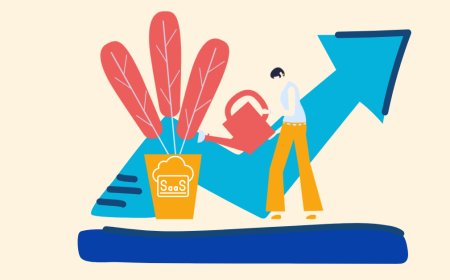What Your Car Is Really Worth After Its Last Ride
Understand how your old vehicle still holds worth after its last trip. Learn how the Best Car Wreckers Townsville help uncover real value in scrap cars.

When a vehicle reaches the end of its life, most people assume it has no value left. Whether it no longer runs, is damaged, or simply too old to maintain, it may look like nothing more than metal and parts ready for the scrapyard. But there is more to a cars final stage than many realise.
Even after a car has taken its last trip, it still holds worth in ways that go beyond what most expect. This worth can be found in parts, materials, and even the processes used to handle them. In this article, we will look at how the real value of a car is calculated after it stops working and why this matters for both owners and the industry.https://northcoastwreckers.com.au/
When a Car Stops Running, It Still Counts
A car that does not run is not useless. While it may no longer move under its own power, many of its parts still have a purpose. Items like alternators, starters, radiators, and transmissions often work fine long after the rest of the car gives up.
Even smaller componentssuch as switches, panels, mirrors, and seatscan be reused. These items are removed, tested, and resold or used to repair other vehicles. This forms a major part of the used parts trade across Australia.
According to data from the Federal Chamber of Automotive Industries, millions of vehicles are on Australian roads, and a large number of them are more than ten years old. These older cars often rely on parts from scrapped vehicles, especially when original parts are no longer produced.
Understanding Real Worth Through Scrap and Reuse
When a car is scrapped, its value is not just based on size or weight. The real worth comes from the materials and parts that can be recovered. Steel is one of the largest parts of a vehicle, and it can be recycled and reused in construction, manufacturing, or even new cars.
Aluminium from wheels and engine parts, rubber from tyres, and plastics from dashboards and trims all feed into recycling streams. Even glass from windows and windscreens can be processed and used again.
The Australian recycling industry handles millions of tonnes of scrap metal every year, and old vehicles are a major part of this. Their parts and metals keep supplies moving and reduce the need for fresh materials.
The Role of Labour and Local Jobs
The process of removing parts and breaking down vehicles supports a range of local jobs. From tow truck operators to workers in dismantling yards, many hands are involved in bringing value out of each scrapped vehicle.
Dismantlers remove usable items, check their condition, and prepare them for resale. Workers sort metal and materials for recycling. Transport teams move parts and scrap to where they are needed.
This creates roles for people with mechanical skills and those learning trades. It also connects the vehicle sector with local trade and supply networks.
Why Some Cars Are Worth More Than Others
Not all cars hold the same worth at the end of their life. Certain models have stronger demand for parts, especially if they are known for long-term use. Cars from brands with common engines or gearboxes are often in higher demand.
Vehicles with aluminium parts may also bring higher scrap value due to the cost of raw aluminium. Diesel engines, manual gearboxes, and larger radiators are other items that can raise a vehicles worth.
Condition also plays a role. A car with many reusable parts or a well-maintained engine will always bring more value than one that has been sitting in poor weather for years.
Where Your Car Goes After You Let It Go
Once collected, a scrapped car enters a system of sorting, testing, and recovery. It may first go through a basic check to remove fuel, oil, and other fluids. Next, parts that can be reused are removed. These go to shops, mechanics, or private buyers looking to fix similar models.
The remaining shell is crushed and sent to a metal recycler. From there, it is processed into raw material that supports building and manufacturing. Tyres, batteries, and plastics are sent to specialised facilities for treatment.
This chain helps keep waste low and gives parts and materials a second use instead of letting them sit in landfills.
Supporting the Cycle Locally
The reuse and recycling of vehicles support both the environment and local trade. Businesses that handle used parts keep older cars on the road. Mechanics who use second-hand parts can offer solutions for cars that might otherwise be scrapped early.
One service that works closely with these processes offers not just vehicle collection, but also plays a part in supporting trade, parts supply, and material recovery. Through its connection to the network of Best Car Wreckers Townsville, this service helps make sure that every collected car contributes to something usefulwhether it is a working part or raw steel for a new task.
The Hidden Value in Every Vehicle
Even when a car no longer starts, many parts still hold function. The wiring, lights, sensors, and even airbags may be used again.
Older models can be especially useful for part recovery because they were built with components that are hard to replace with new ones today. This keeps demand strong and makes scrapped vehicles part of an ongoing solution.
Vehicles that seem like junk often carry worth that only trained eyes can see. When processed correctly, these parts and materials continue to serve long after the last drive.
What This Means for Owners
If you own a car that is no longer useful or roadworthy, it may still carry value. Understanding this helps people make better choices about what to do with unwanted vehicles.
Selling your car to the right service ensures it is handled properly. It also supports local jobs and businesses that rely on the steady supply of scrap parts and metal.
Instead of letting a car rust in the backyard, putting it into the right hands helps it become part of a wider network that supports reuse, repair, and rebuilding.
Conclusion
Your car does not stop having worth once it stops running. From the parts that can be reused, to the metal that feeds into recycling, to the jobs it supports, every old vehicle still holds purpose.
What looks like junk from the outside is often full of items that can be used again. The real worth of a car is found in how it is handled after its last trip, not just in how it drove during its life.
So, before letting an old vehicle sit and break down, remember that even at the end, it can still do a jobjust in a different form.



